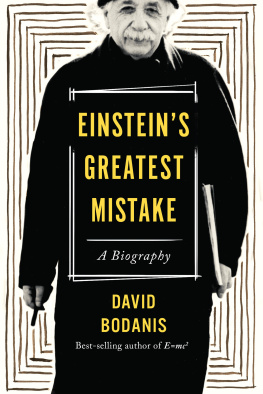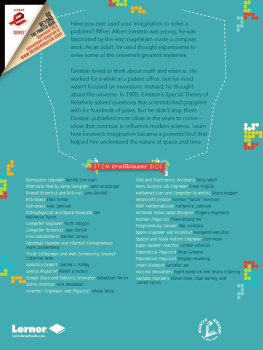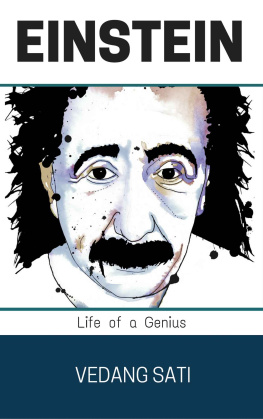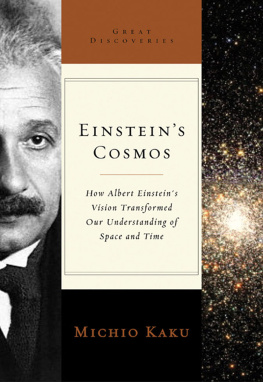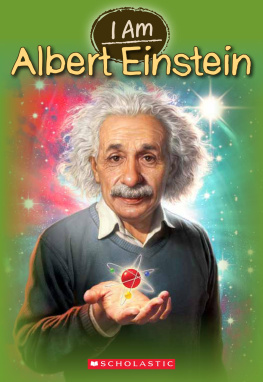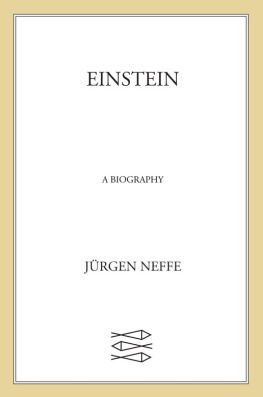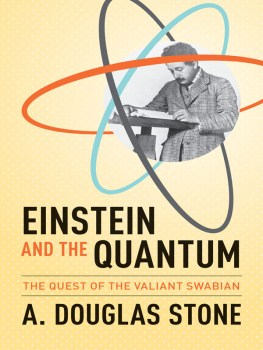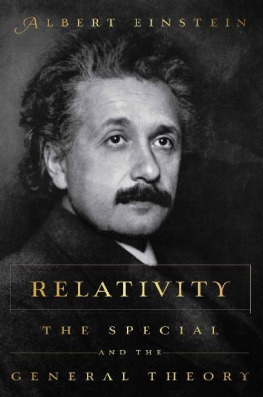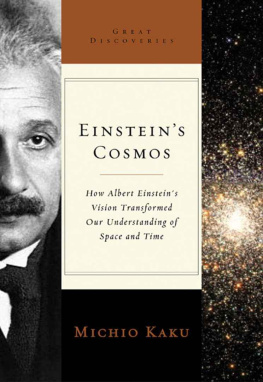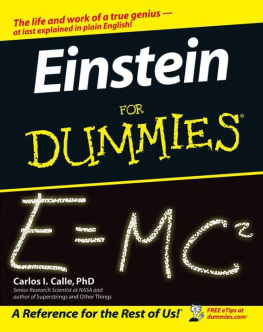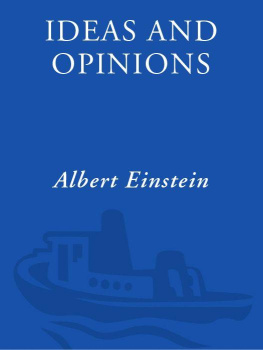For information about permission to reproduce selections from this book, write to or to Permissions, Houghton Mifflin Harcourt Publishing Company, 3 Park Avenue, 19th Floor, New York, New York 10016.
Names: Bodanis, David, author.
Title: Einsteins greatest mistake : a biography / David Bodanis.
Description: Boston : Houghton Mifflin Harcourt, 2016.
Identifiers: LCCN 2016022348 (print) | LCCN 2016026595 (ebook) | ISBN 9780544808560 (hardcover) | ISBN 0544808568 (hardcover) | ISBN 9780544808584 (ebook)
Subjects: LCSH : Einstein, Albert, 18791955. | PhysicistsBiography.
Classification: LCC QC 16. E 5 B 66 2016 (print) | LCC QC 16. E 5 (ebook) | DDC 530.092 [B]dc23

Einstein walking home in Princeton, 1953
Prologue
PRINCETON, 1953 . The tourists generally stayed on the sidewalk across the street from the white clapboard house on Mercer Street. But it was hard to keep down their excitement once they spotted the old man walking slowly back from the university campus, often wearing a long cloth coat andif the New Jersey wind was especially sharpa dark knit cap over his famous unruly hair.
The bravest tourists sometimes crossed over to say how much they admired him or to ask for his autograph. Most were tongue-tied or too awed to speak, and kept a respectful distance. For this old man was Albert Einstein, the greatest genius of all time, just yards away from them, his wise, wrinkled face suggesting hed achieved insights deeper than other humans possibly could.
Einstein was the most famous scientist alive, but despite his celebrity he usually walked alone, or occasionally with one old friend. Although he was feted in public, and still constantly invited to white-tie dinners and even movie openingsHollywood stars were especially excited to be photographed beside himworking scientists had little to do with him, nor had they for many years.
It wasnt his age that made them treat him this way. The great Danish physicist Niels Bohr was sixty-eight years old to Einsteins seventy-four, but Bohr remained so open to new ideas that bright doctoral students liked nothing more than spending time with him at his intellectually sparkling institute in Copenhagen. Einstein, however, had been isolated from mainstream research for decades. There was polite applause, of course, on the few occasions when he gave a seminar at the Institute for Advanced Study, in its forbidding plot on the edge of the Princeton campus, but it was the applause one might give an elderly soldier being wheeled out onto a stage. Einsteins peers regarded him as a has-been. Even many of his closest friends no longer took his ideas seriously.
Einstein could sense his isolation. At one time, his house would have been full of colleagues, youthful energy, the buzz of conversation. But lately it had become quiet. His second wife, the ever plumper and ever chattier Elsa, had passed away several years before, as had his beloved younger sister, Maja.
His sisters death especially pained Einstein. Maja and Albert had been constant companions as children back in 1880s Munich, teasing each other and building card castles. If a particularly elaborate castle collapsed in a gust of air, she remembered, her brother would doggedly start building it back up again. I might not be more skilled than other scientists, he liked to say, but I have the persistence of a mule.
Einstein had retained his youthful stubbornness, but his health wasnt what it had been. His main room, where he had his books and papers, was upstairs in his Princeton home, down the hall from the bedroom that had been Majas. At his age, Einstein could climb the stairs only slowly, pausing for breath. But maybe it didnt matter. When he did settle in his study, he would have all the time in the world.
He was the greatest mind of the modern age. How had he ended up so alone?
WARTIME BERLIN, 1915 . Einstein had just created a magnificent equationnot his famous E=mc2 that had come ten years earlier, in 1905, but something even more powerful: the equation at the heart of what is called general relativity. It is one of the finest achievements of all time, as great as the works of Bach or Shakespeare. Einsteins 1915 equation had just two central terms, yet it would reveal unimagined features of space and time, explaining why black holes exist, showing how the universe began and how it will likely end, and even laying the foundation for revolutionary technologies such as GPS navigation. Einstein was overwhelmed by what he had discovered. My boldest dreams have now come true, he wrote to his best friend that year.
But his dreams were soon interrupted. Two years on, in 1917, he realized that astronomical evidence about the shape of the universe seemed to contradict his general theory of relativity. Unable to account for the discrepancy, he dutifully modified his new equation, putting in an additional term that destroyed its simplicity.
As it turned out, the compromise was only temporary. Some years later, fresh evidence proved that his original and beautiful idea had been correct, and Einstein reinstated his original equation. He called his temporary modification the greatest blunder of my life, for it had destroyed the beauty of his original, simple 1915 equation. Yet while that modification had been Einsteins first big mistake, his greatest error was still to come.
Einstein felt that he had been wrong to follow such faulty experimental evidencethat he should have simply held his nerve till the astronomers realized they had been mistaken. But from that he drew the additional conclusion that in the most important matters, he never had to follow experimental evidence again. When his critics tried to bring in evidence against his later beliefs, he ignored them, confident that he would be vindicated again.
This was a very human response, but it had catastrophic implications. It undermined more and more of what Einstein tried next, especially in the burgeoning study of the ultrasmall, of quantum mechanics. Friends such as Niels Bohr begged him to see reason. They knew that Einsteins exceptional intellect could transform the world yet again, if he only would let himself accept the new findingsvalid onesthat a fresh generation of experimentalists were uncovering. But this Einstein could not do.
He had a few private moments of doubt but suppressed them. In his theory of 1915, he had revealed the underlying structure of our universe, and he had been right when everyone else had been wrong. He wasnt going to be misled again.
That conviction is what isolated him from the new generations exciting work in quantum mechanics and destroyed his reputation among serious scientists; that is what left him so alone in his Mercer Street study.
How that happenedhow genius reaches its peak and how it fades; how we deal with failure and with aging; how we lose the habit of trust and whether we can get it backare the topics of this book. So, too, are Einsteins ideas themselvesright and wrongand the steps by which he arrived at them. In that sense, this is a double biography: its the story of a fallible genius, but also the story of his mistakeshow they began, grew, and locked in so deeply that even a man as wise as Einstein was unable to work himself free.

